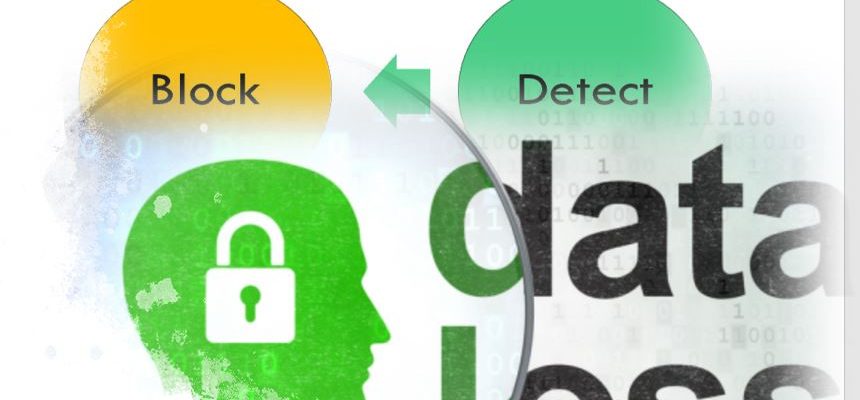It becomes increasingly difficult and challenging to keep corporate confidential and sensitive information’s safe as more employees share files and data outside the corporate network, use mobile devices to access corporate data, storing data on their personal cloud storage and devices. With data loss prevention tools, such as Office 365 DLP an end user cannot send sensitive information to an email address outside of your company domain, or to a public cloud storage service such as Dropbox or Google Drive. Any malicious or accidental attempt to send sensitive information out of your network will be blocked and logged.
Regulatory compliance and modern cyber threats are key drivers for enterprises to invest in data protection products. Beyond simply securing their data, organizations must comply with government and industry regulations designed to ensure information privacy. Organizations must focus on how to identify, locate, and control sensitive data. Most organizations don’t know where their sensitive data resides in the network or where it crosses network boundaries. This blindness can lead to the unauthorized disclosure of confidential data, whether intentional or inadvertent.
Data Loss Prevention (DLP) technologies help you to Discover, Monitor and Protect sensitive data leaving corporate boundaries. Many DLP products can identify sensitive data like Personally Identifiable Information (PII) and financial data (Credit card number etc.) using built-in ready to use templates and these DLP products can let you define your own sensitive definitions and set of conditions / rules to meet the need of every business.
Types of DLP technologies
Data in Use: DLP technologies secures data in use, defined as data that is being actively processed by an application or an endpoint.
Data in Transit: data is in transit across a network, DLP technologies are needed to make sure it is not routed outside the organization or too insecure storage areas.
Data at Rest: DLP technologies protect data residing in a variety of storage mediums, including the cloud. DLP can place controls to make sure that only authorized users are accessing the data and to track their access in case it is leaked or stolen
How DLP Technologies Analyse Data:
Most old DLP technologies discover and inspect data using Keywords and Regular Expressions and Hashing. Regular expressions were good for detecting well-structured data, but keyword lists could be difficult to maintain, and fingerprint-based methods could miss confidential information if it is reformatted or rephrased.
Current DLP systems experience problems in detecting some type of data, due to this a new type of DLP algorithms have merged that enables organisations to protect and detect data using intelligent self-learning software that learns to detect new confidential and proprietary data and can protect the large flow of diverse information quickly.
Popular Data Loss Prevention (DLP) Software’s
Office 365 – Data Loss Prevention
One of the most popular products, DLP is a feature of Office 365, and it works similarly to other DLP tools in that a set of business rules to identify and protect sensitive information leaving the organisation. You can start from built-in templates to define policies within Office 365 that will govern content and data, and even get notified using the smart tip and can send an email alert to compliance officer when someone has violated the business rules you’ve set.
Symantec Data Loss Prevention
Symantec Data Loss Prevention product helps you monitor and protect valuable business information and assets. With this scalable software suite, you can see where data is stored throughout your business, taking into account cloud, mobile, and multiple endpoints.
McAfee Total Protection
McAfee DLP is saleable and customisable. DLP solution is a step further than most by exploring ways that data may have been leaked in the absence of internal compliance rules and regulations. That’s handy for firms that may not have concrete corporate rules in place.
References :
https://www.researchgate.net/

